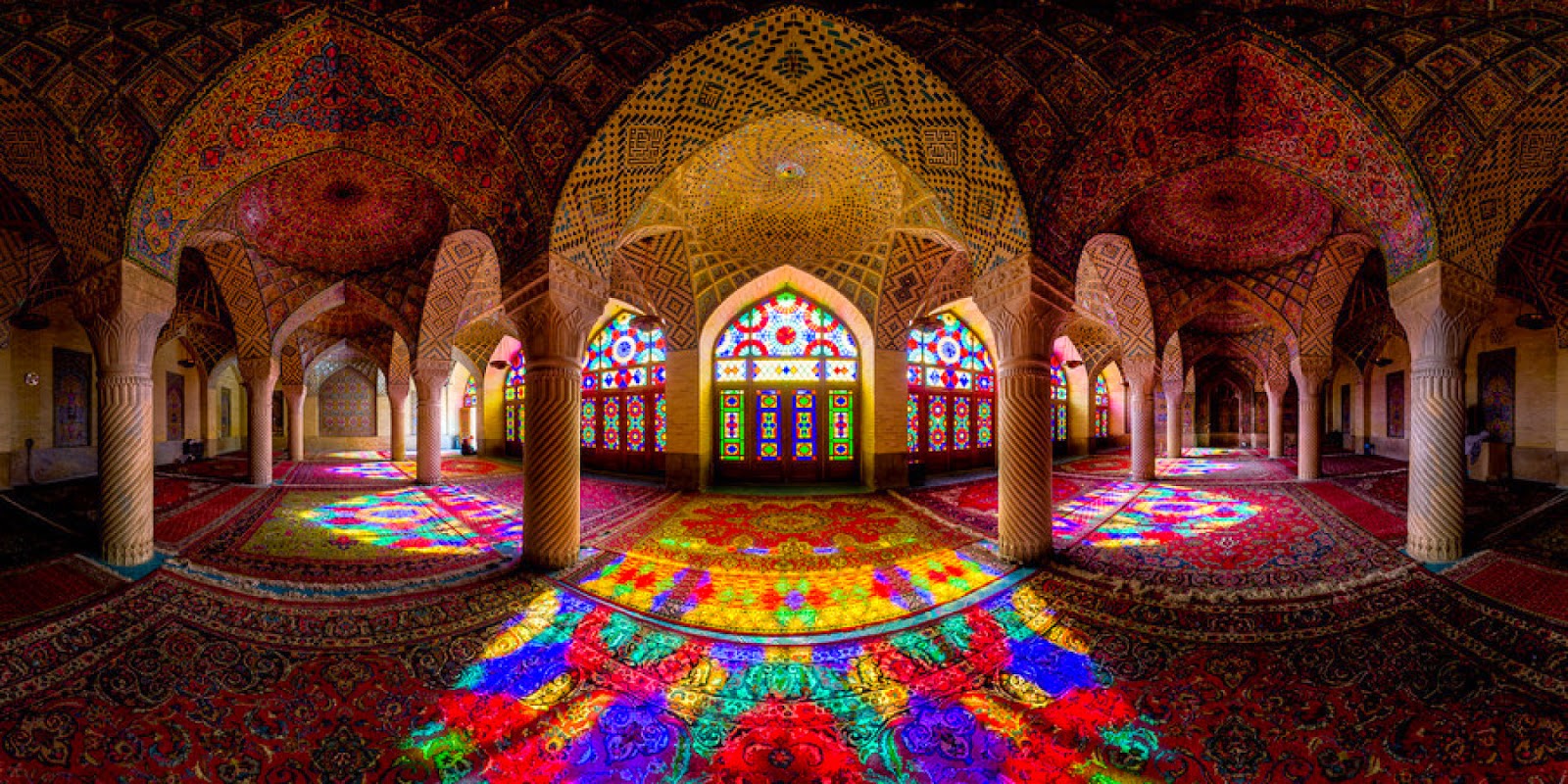Is a Standard of Taste Possible or Even Desirable?
There is undoubtedly a variety of opinion in matters of art appreciation – someone may, for example, detest Damien Hirst’s work but praise Raphael’s, and vice versa. A standard of taste is a criterion by which you can judge art to be praiseworthy or not. This means that opinion holds no authority. There are certain…
View Post



